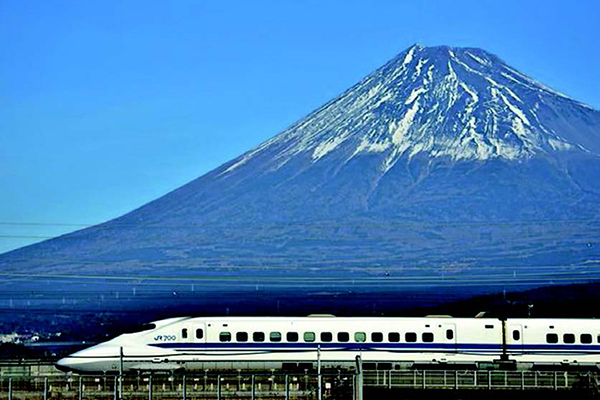L’identità culturale e geografica, tra memoria e creatività, nell’immagine giapponese
DOI:
https://doi.org/10.15168/xy.v5i09-10.169Parole chiave:
arte giapponese, iconografia, kawaiiAbstract
La rappresentazione grafica gioca un ruolo importante nello sviluppo territoriale di un Paese. Il potere delle immagini è largamente sfruttato in tutte le società basate sul consumo perché è capace di produrre una manipolazione delle idee rispetto ai luoghi e contribuisce ad attribuire a essi sensi e significati. La rappresentazione grafica basata su immagini stereotipate, simboli e brand influisce quindi sui luoghi a diversa scala geografica, andando così ad incidere sul loro sviluppo turistico, culturale, creativo e sociale. Un elemento centrale per contribuire a questo sviluppo è rappresentato dal dibattito sulla creatività delle immagini rappresentative di un Paese. Il contributo intende trattare come è affrontato questo tema in Giappone. Il Giappone è un Paese intrinsecamente sfaccettato e multistrato, e l’immagine odierna che mostra di sé trova le sue radici in uno sfondo storico molto più profondo. L’arte dell’immagine giapponese si manifesta nell’unione e nella mescolanza dei confini, nella meraviglia del concetto di mono no aware, kiwa, musubi, kata e kawaii. Questo articolo nasce quindi con l’intento di narrare perché il fascino di ciò che appare nelle immagini sia frutto di un background culturale profondo, pur affrontando solo una piccola parte della storia del Giappone, che meriterebbe una più complessa ed estesa trattazione. Inoltre, il contributo intende illustrare come le peculiarità e l’originalità delle immagini contribuisca a influenzare l’appeal turistico di questo Paese.


